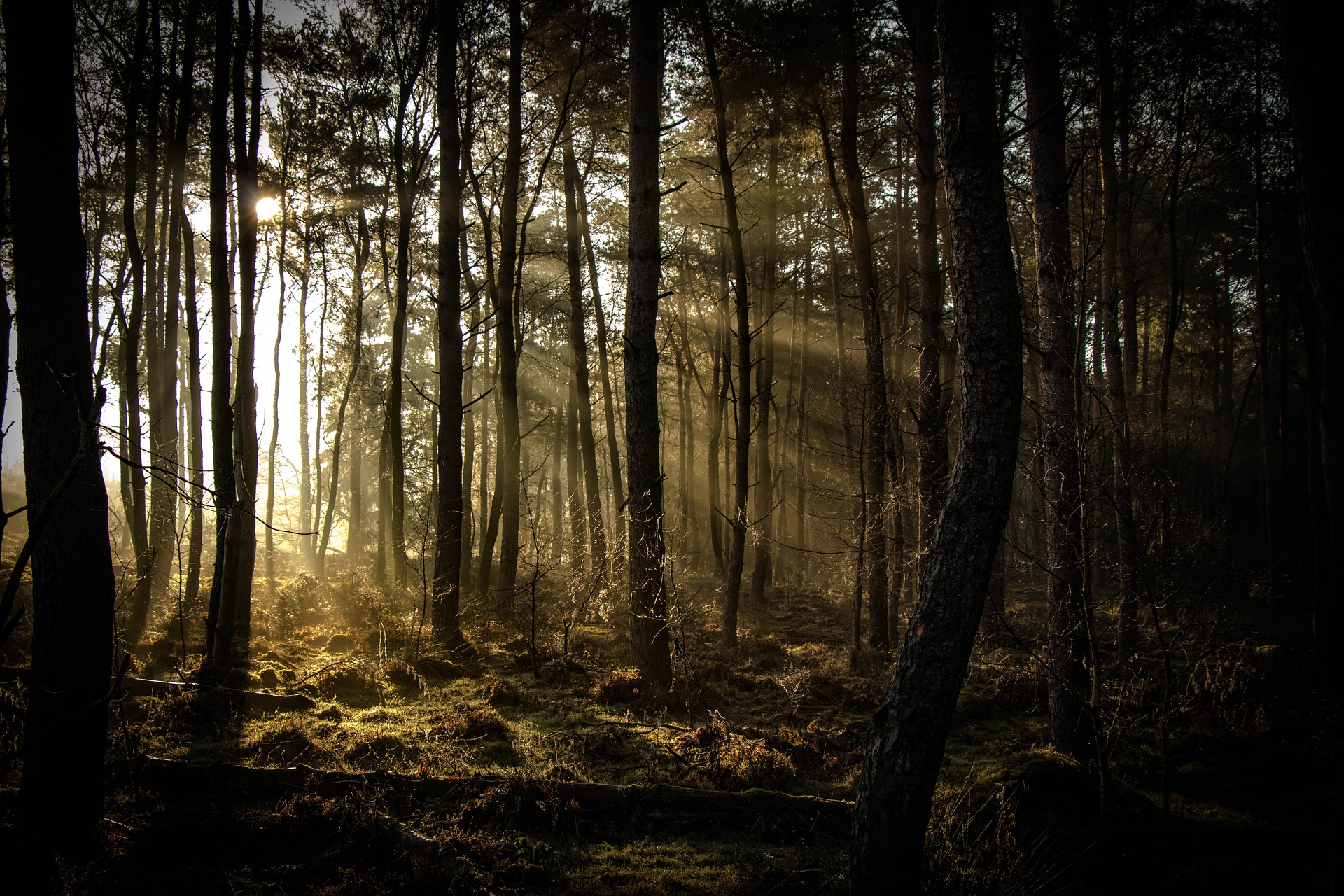
à propos d'Origène
Retrouvez ici mon parcours
et les principales étapes de la vie d'Origène
Mon parcours
Origène
2017-2020 : Licence d'histoire (Univ. Paris VII)
Historiographie
Histoire européenne et extra-européenne
2020-2022 : Master I et II de recherche en histoire (Univ. Paris Cité)
Anthropologie historique
Religions de l'Antiquité
Généalogie textuelle et divine
2023-2024 : Diplôme universitaire de professionnalisation à la généalogie (Univ. du Mans)
Mémoire de stage sur l'entreprise individuelle en généalogie
Stage professionnel chez une généalogiste franco-italienne
Stage professionnel chez un généalogiste successoral tourangeau
2022-aujourd'hui : Chargé du classement et de la valorisation des archives d'un établissement scolaire parisien
Recherches généalogiques sur les anciens élèves, professeurs et membres de l'administration
Organisation de cérémonie d'hommage aux déportés et aux Justes parmi les Nations durant la Seconde Guerre mondiale
Ecriture d'articles de vulgarisation sur l'histoire de l'institution scolaire
2023 :
Premières réflexions autour de l'envie d'entreprendre
2024 :
Imagination d'une micro-entreprise autour de la généalogie
Démarche administrative pour la création d'une micro-entreprise
Construction d'Origène
2025 :
Lancement officiel d'Origène et premiers clients


Un peu d'étymologie...
Du grec hôra, le temps qui passe, la durée, la période et génos, l'ascendance, l'origine, Origène est le mélange entre ces deux concepts chers à la généalogie et à l'histoire
Origène est aussi le nom d'un célèbre exégète biblique (v. 185-v. 253). Ainsi, tout comme un exégète, un généalogiste fait parler les textes, les symboles et les récits pour mieux comprendre et transmettre les histoires qui nous unissent.
Pourquoi ce logo ?
Le logo d'Origène s'inspire des ammonites, animaux marins éteints dont la coquille fossilisée sert de marqueur chronologique.
Les ammonites tirent leur nom d'Ammon, divinité gréco-égyptienne sur laquelle j'ai travaillé lors de mes recherches en Master I et II. Ce nom leur a été attribuée en raison des spirales qu'elles forment : cette divinité était représentée avec deux cornes de béliers enroulées sur les tempes.
Cette spirale se réfère également à la conception cyclique du temps présente chez de nombreux peuples du monde. Elle renvoie donc tout à fait au temps qui passe et aux générations qui se succèdent.
La feuille évoque directement les arbres généalogiques.
Pourquoi ce nom et ce logo ?
Galerie Origène
Découvrez nos recherches innovantes en généalogie et histoire familiale.












Contact
© 2025. Tous droits réservés
